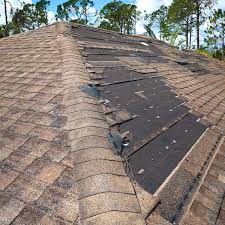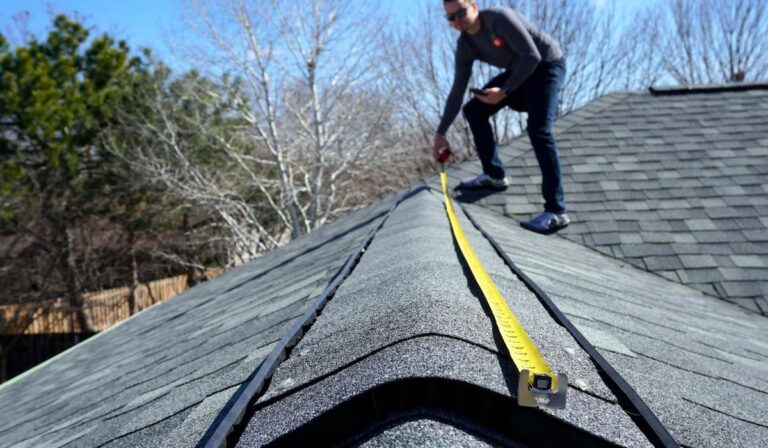Severe storms can inflict significant damage on your home’s roof, leading to potential safety hazards and further property deterioration. Taking immediate and appropriate actions can help mitigate these risks and expedite the restoration process. Here are essential steps to follow after experiencing storm-related roof damage:
1. Ensure Safety First
Before assessing any damage, prioritize the safety of all occupants. Be vigilant for hazards such as downed power lines, gas leaks, or unstable structures. If the damage appears severe or poses immediate dangers, evacuate the premises and contact emergency services. Avoid entering areas with standing water, as they may be electrically charged or contaminated.
2. Conduct a Preliminary Damage Assessment
Once it’s safe, perform a visual inspection of your property. Look for missing or damaged shingles, leaks, sagging areas, or debris on the roof. Exercise caution and avoid climbing onto the roof, as it may be structurally compromised. If unsure about the extent of the damage, consult a professional roofing contractor for a thorough assessment.
3. Document the Damage
Thorough documentation is crucial for insurance claims. Capture clear photographs or videos of all visible damage, including affected areas of the roof, windows, doors, and any interior damage caused by leaks. Maintain detailed notes to accompany visual evidence, ensuring you have a comprehensive record for your insurance provider.
4. Perform Temporary Repairs
To prevent further interior damage, implement temporary measures such as placing buckets to collect water from leaks and covering exposed areas with waterproof tarps. Ensure tarps are securely fastened to withstand wind and additional rain. Exercise caution during these temporary fixes to avoid personal injury or causing additional damage.
5. Contact Your Insurance Company
Notify your homeowner’s insurance provider promptly to initiate the claims process. Provide them with the documented evidence of damage and a detailed account of the incident. An adjuster may be assigned to assess the damage and determine coverage. Prompt communication can expedite claim approval and subsequent repairs.
6. Hire a Professional Roofing Contractor
Engage a reputable roofing contractor experienced in storm damage repairs. Ensure they are licensed, insured, and have positive reviews or references. A professional assessment will identify both apparent and underlying issues, and the contractor can provide an estimate for necessary repairs or replacement. Be cautious of unsolicited offers from contractors following a storm, as some may not have the requisite expertise or integrity.
7. Coordinate Repairs and Preventative Measures
Once your insurance claim is approved, work with your chosen contractor to schedule and complete the repairs. Discuss preventative strategies to enhance your roof’s resilience against future storms, such as installing impact-resistant materials or improving drainage systems.
By systematically addressing roofing emergencies with these steps, you can safeguard your home, streamline the repair process, and reduce the likelihood of future storm-related damage.






